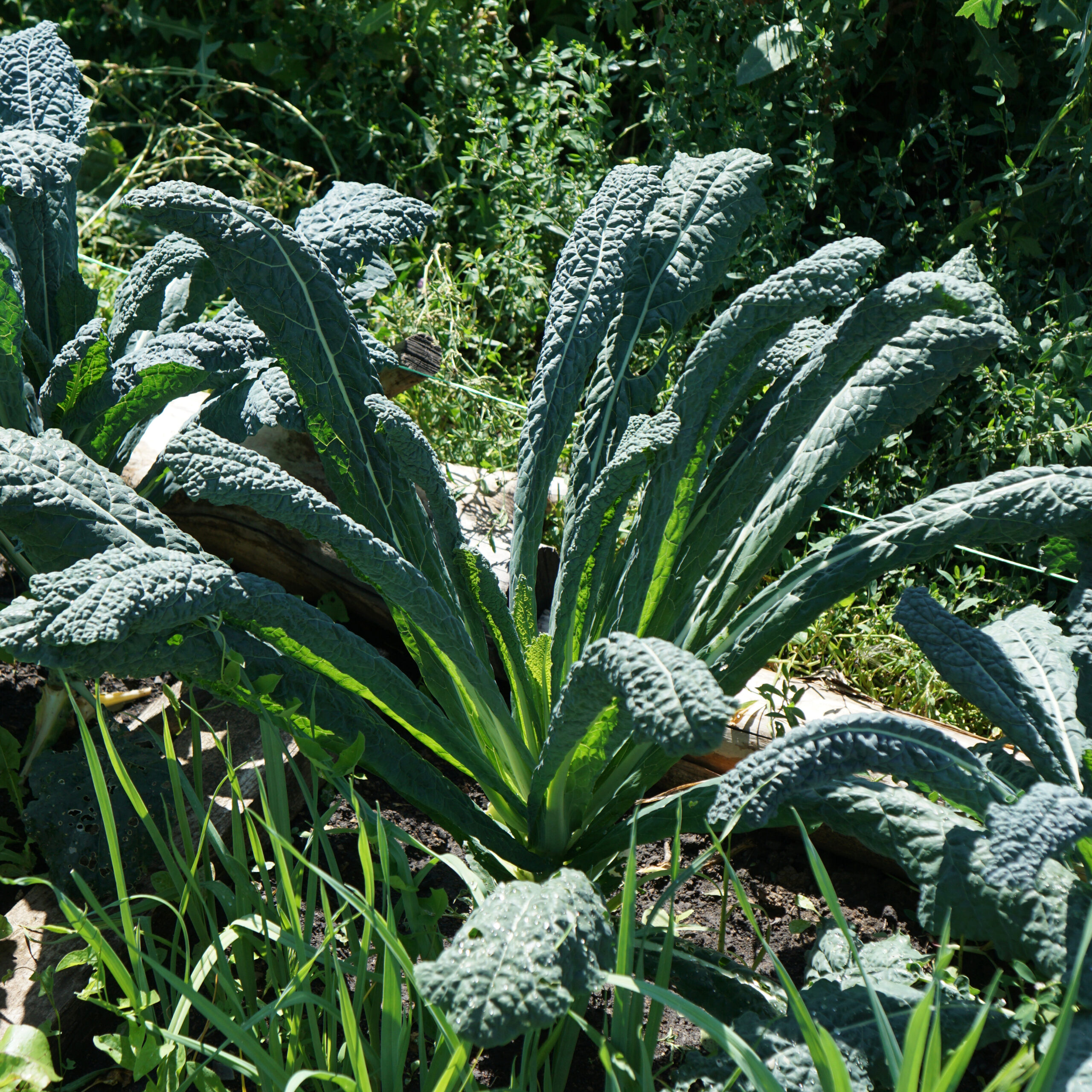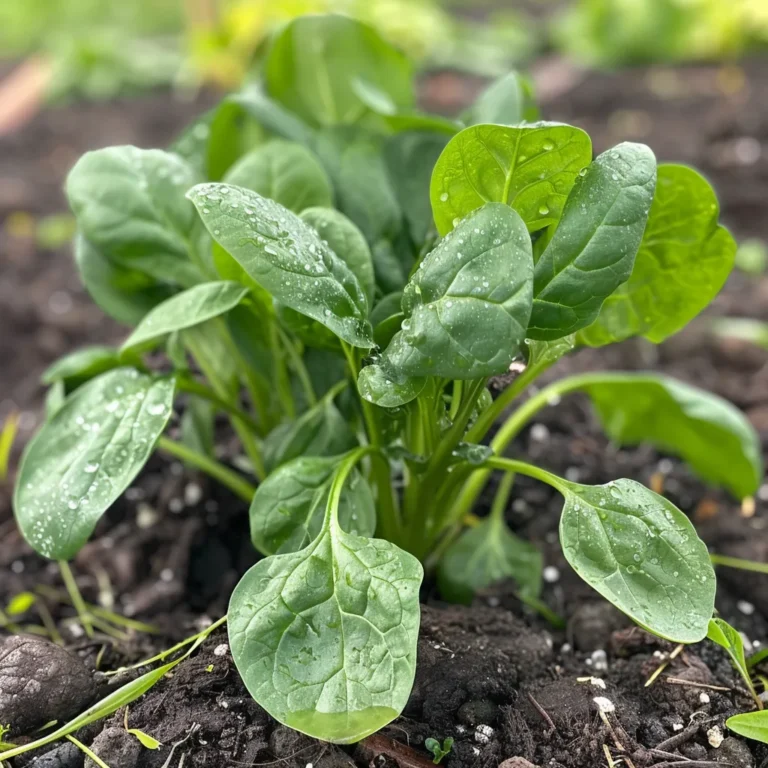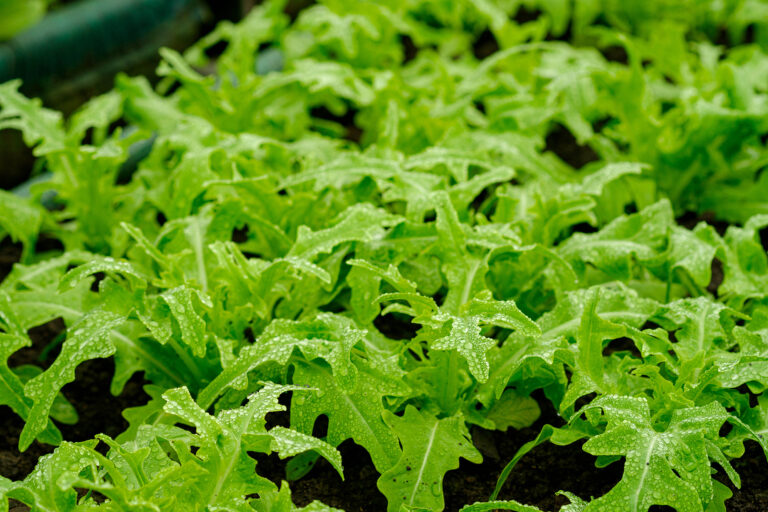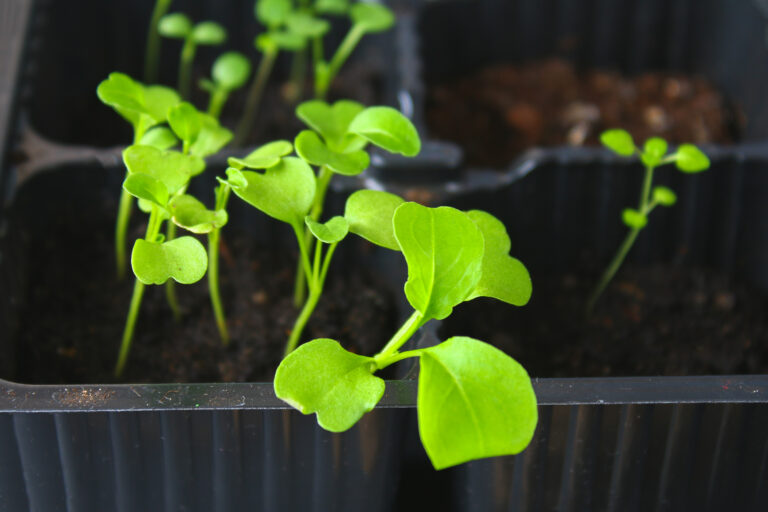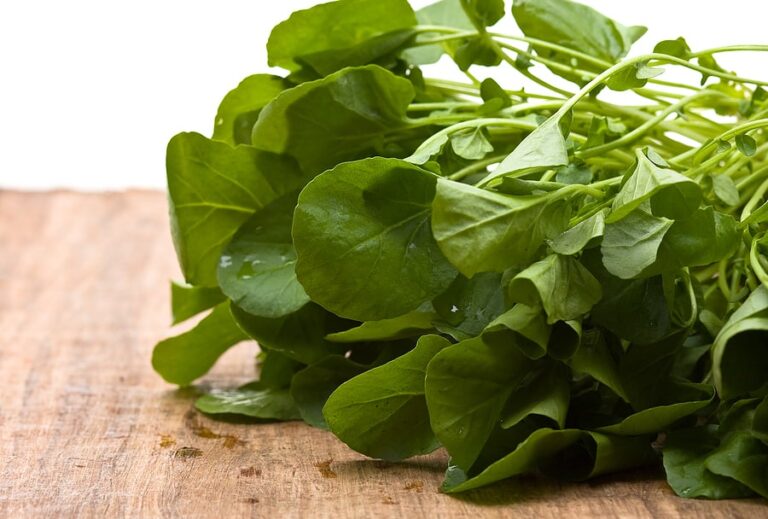Different Types of Kale Explained: Curly, Flat, Russian & Tuscan
Kale is one of the most versatile and nutritious leafy greens you can grow in your garden or buy at the market. Its flavor ranges from mild and tender to bold and earthy, depending on the variety. Knowing the differences between the main types—Curly, Flat, Russian, and Tuscan—can help you choose the right kale for salads, soups, smoothies, and side dishes.
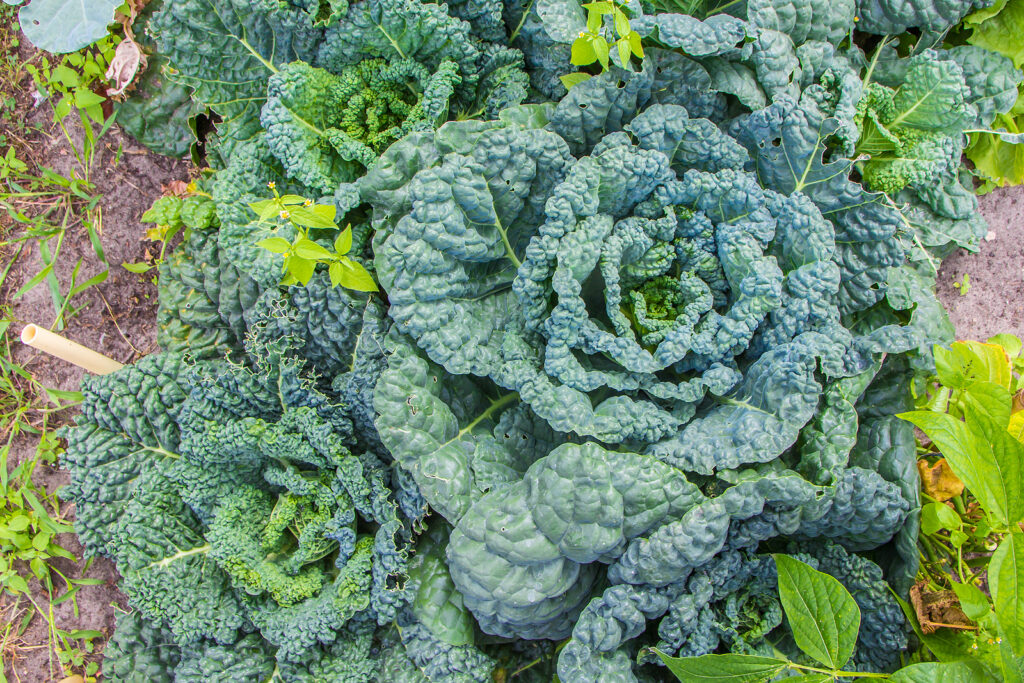
Curly Kale
Curly kale is the most common variety found in grocery stores. It has tightly ruffled leaves with a firm texture and a peppery, slightly bitter flavor. This variety holds up well in cooking and is excellent for sautéing, roasting, or adding to hearty soups. Young leaves can be massaged and used raw in salads.
Best for: Cooking, kale chips, hearty salads
Flavor profile: Peppery, robust, slightly bitter
Flat Kale (also called Plain-leaf Kale)
Flat kale has smooth leaves without the ruffled edges of curly varieties. It’s less common in supermarkets but easy to grow in the garden. The smooth leaves are easy to wash and chop, making them great for fresh eating or adding to wraps.
Best for: Fresh salads, wraps, stir-fries
Flavor profile: Mild, slightly sweet, tender
Russian Kale (Red or White Russian)
Russian kale has flat, fringed leaves with purple or reddish stems and veins. Its flavor is sweeter and more delicate than curly kale, especially after frost. The leaves are tender enough for raw dishes but also cook well.
Best for: Salads, light sautés, steaming
Flavor profile: Sweet, mild, delicate

Tuscan Kale (Lacinato, Dinosaur, or Cavolo Nero)
Tuscan kale has long, dark blue-green leaves with a bumpy texture. It’s sweeter and less bitter than curly kale and is a staple in Italian cooking. This variety is ideal for soups like minestrone and ribollita, but also delicious raw in salads when thinly sliced.
Best for: Soups, salads, Italian dishes
Flavor profile: Sweet, earthy, slightly nutty
Choosing the Right Kale for You
- For salads: Tuscan, Russian, or young flat-leaf kale are best for tenderness and sweetness.
- For cooking: Curly and Tuscan kale hold up well to heat and maintain their texture.
- For kale chips: Curly kale’s ruffled edges get extra crispy.
Growing a mix of these varieties gives you a range of flavors and textures for year-round use in the kitchen.
🥬 Kale Learning Hub
Start here: The Ultimate Kale Growing Guide: From Seed to Harvest
1. Types and Varieties of Kale
- Different Types of Kale Explained: Curly, Flat, Russian & Tuscan
- Best Kale Varieties for Different Climates
2. Planting and Timing
- Kale Seed Starting Tips
- When to Plant Kale for Fall, Winter, and Spring Harvests
- Succession Planting Kale for a Continuous Harvest
- How to Space and Thin Kale for Maximum Yield
- Zone-by-Zone Kale Planting Calendar
3. Seasonal Growing
- How to Grow Kale in Cold Climates and Overwinter Successfully
- Can You Grow Kale in Summer? Tips for Heat-Stressed Plants
4. Care and Maintenance
- How Much Water Does Kale Need? A Watering Guide
- How to Fertilize Kale for Lush Leaf Growth
- Best Companion Plants for Kale (And What to Avoid)
- How to Prune Kale for Continued Production
5. Container Gardening
6. Pests and Diseases
7. Harvest and Storage
- How to Harvest and Store Kale
- How and When to Harvest Kale Leaves for Best Flavor
- Tips for Extending Kale Harvest Through the Season
8. Kale in the Kitchen

